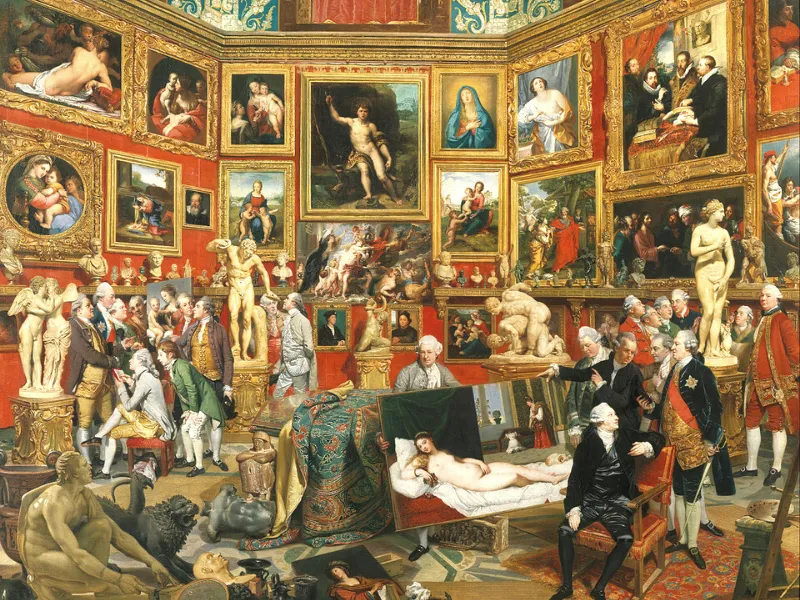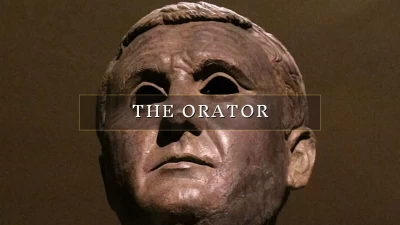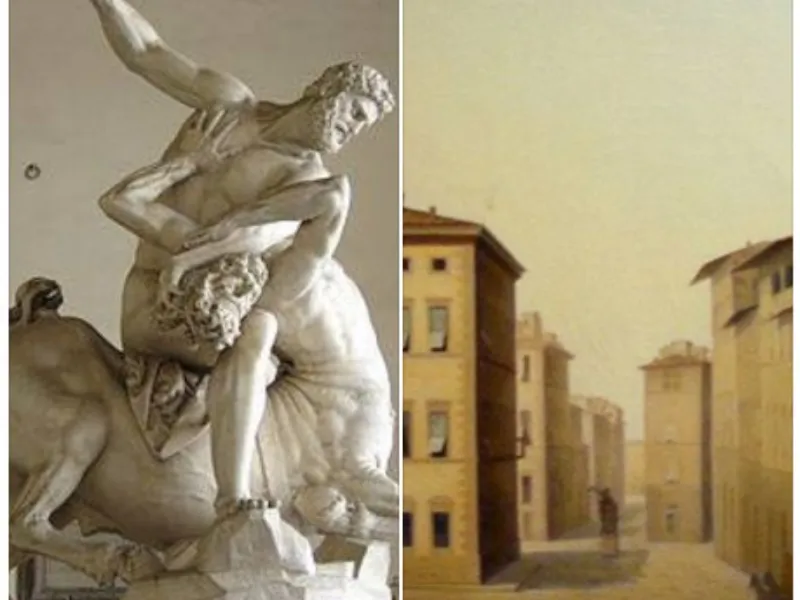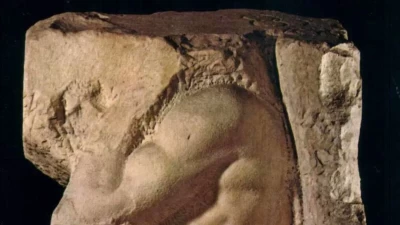The Cumaean Sibyl
The Cumaean Sibyl
An artistic representation of past prophecies
The Sibyls, classical figures of great significance, have been integrated into the floor of the Siena Cathedral (which you can visit with us at Conosci Firenze) as witnesses to the universality of the Christian message throughout the centuries. These magnificent prophecies, depicted by various Sienese Renaissance artists, consist of a total of ten panels (five for each nave) and are named after different geographical regions of the known world at that time: the Persian Sibyl, the Hellespontine Sibyl, the Erythraean Sibyl, the Phrygian Sibyl, the Samian Sibyl, and the Delphic Sibyl, representing the Eastern and Greek world; the Libyan Sibyl for Africa; and then the Western ones (with reference to Italy): the Cumaean or Cimmerian Sibyl, the Cumaean Sibyl (inspired by Virgil), and the Tiburtine Sibyl.
(1) The Sibylline Books played a fundamental role in moments of great prodigies, which announced a possible rupture in the relationship between the gods and the Roman people. These precious works contained detailed explanations of the prodigies and provided indications of the actions to be taken to restore harmony.

Altri articoli

Johann Zoffany painted the Tribune
If you want to know the paintings and the statues situated in the XVIII century inside the Tribune look at the painting below!

The Orator. A journey into history
The Orator, a bronze statue from Perugia, embodies power and history. A Roman figure with an Etruscan inscription, bridging two cultures.

Hercoles and Nesso by Giambologna
A great governor needs intelligence but also energy and force to be at the head of a princedom.

Atlas, the slave sculpted by Michelangelo
The slaves perfectly reveal how the artist worked: Michelangelo thought the sculpture was already living inside a block of marble.

